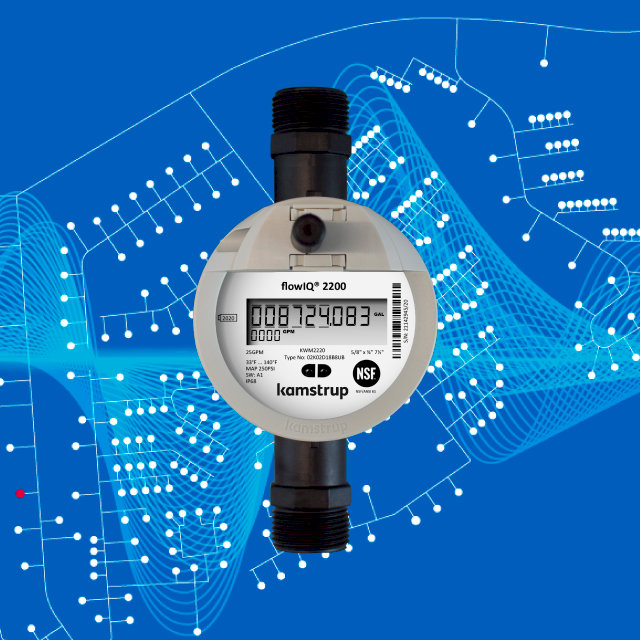STEP 1: Locate your meter box, generally found towards the front of a property, near the road, the box is typically in line with the house. The meter is housed in a plastic box with a blue lid. Next, for safety reasons, please wear a glove as ants, bees, snakes and other critters may have taken up residence in the meter box. Remove the lid by using a tool such as a large screwdriver. Insert the tool into one of the holes, or on the side of the blue plastic lid, and pry the lid off.
STEP 2 : Once you open the meter box lid, wipe the display face on the meter clean if necessary. Read the number display from left to right. This is your meter reading. Meters measure water in gallons. Charges for the amount of water consumed are to the gallon for the billing period. Compare that reading to what your bill states as your current or present reading.
STEP 3: Keep in mind that you might be checking your meter on a date different from the one used for billing. This could result in a difference in the amount you find, compared with the amount on which your bill is based. However, if your reading is considerably higher than what is on your bill, check for a leak or try to determine the source of large water use. If your reading is significantly lower than the reading on your bill, please contact us and let us assist you in determining the problem.
Please see our leak advice page under Resources for checking your meter to determine if you have a water leak.


 Kamstrup Meter
Kamstrup Meter